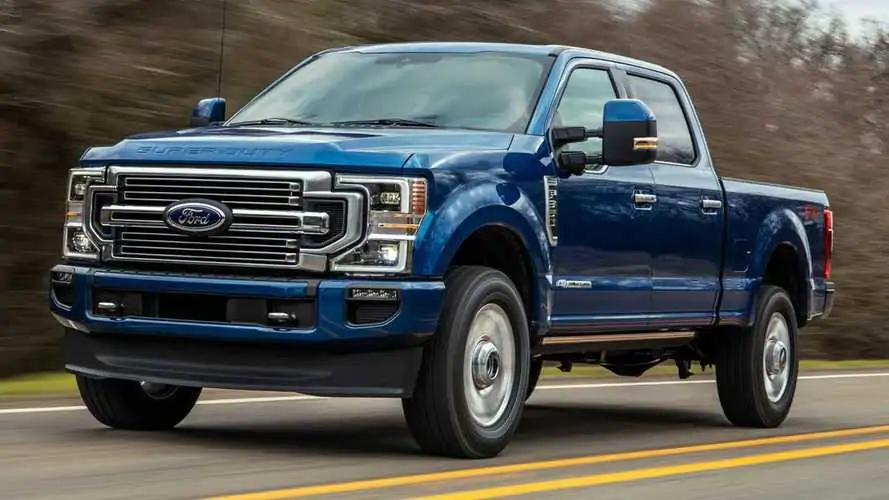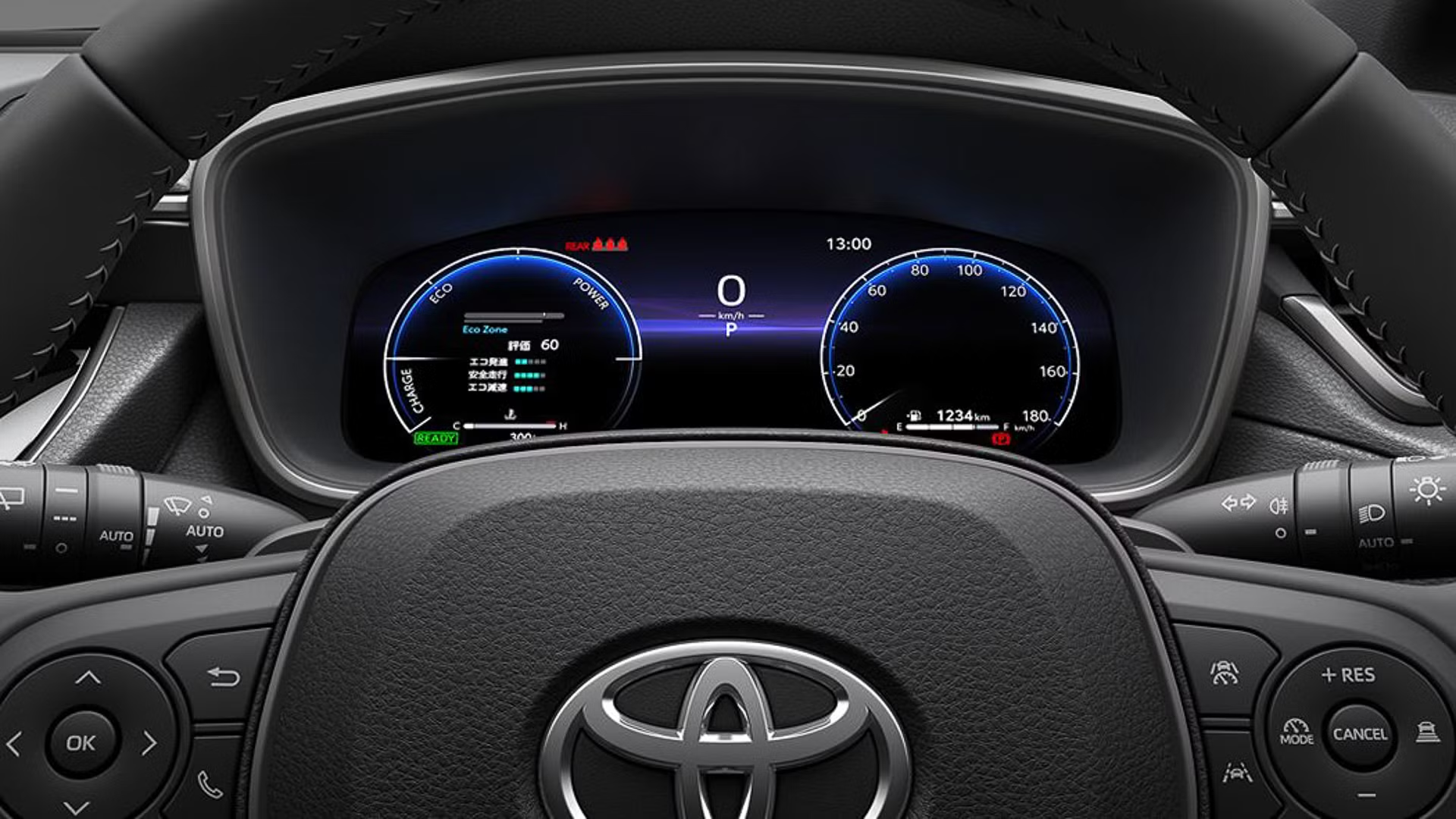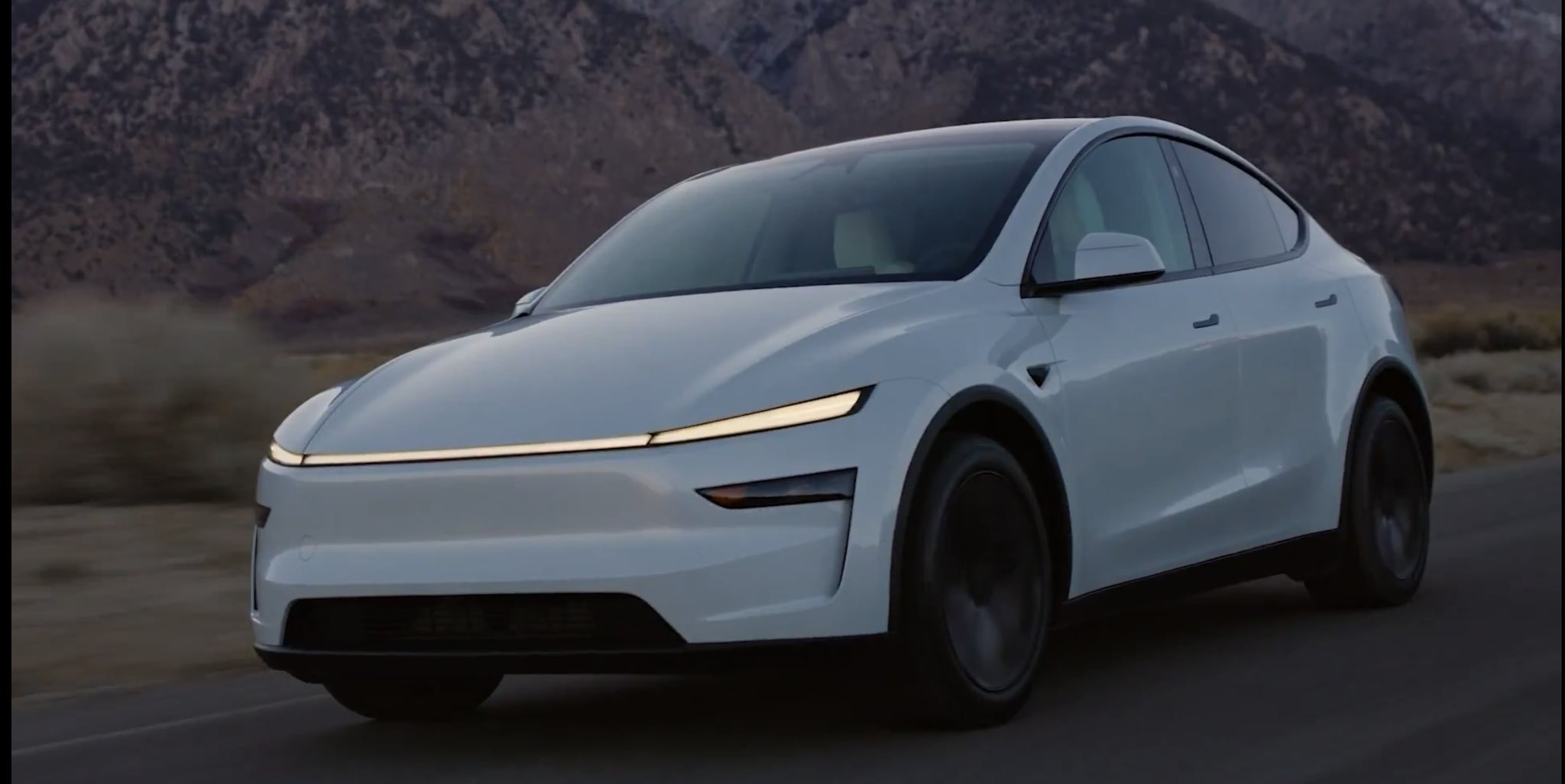In October 2021, the world witnessed a historic moment as Elon Musk, the 50-year-old CEO of Tesla, became the first individual to amass a net worth exceeding $300 billion. This staggering figure put him $100 billion ahead of Amazon’s Jeff Bezos, his closest competitor. Together, these two men represent nearly half a trillion dollars in wealth—an unprecedented concentration of financial power.
But the journey of Tesla, the electric car company that propelled Musk to the pinnacle of wealth, was anything but smooth. This is the story of how Tesla transformed from a struggling startup on the brink of collapse to one of the most valuable companies in the world.
A Vision Inspired by Nikola Tesla
Tesla Motors was founded in 2003 by engineers Martin Eberhard and Marc Tarpenning in San Carlos, California. The company was named after Nikola Tesla, the Serbian-American inventor renowned for his contributions to electrical engineering. Tesla’s vision was simple yet revolutionary: to develop and produce fully electric vehicles (EVs) that would outperform traditional gasoline-powered cars.
Early on, the company sought inspiration from General Motors’ experimental EV1 project, which had been shelved in the late 1990s. Despite the EV1’s flaws, its engineering principles became the foundation for Tesla’s first prototypes. However, the fledgling company lacked the financial resources to bring its ambitious ideas to life.

Enter Elon Musk: Tesla’s Game-Changer
Elon Musk joined Tesla in 2004 as the lead investor, contributing $6.5 million of the $7.5 million Series A funding round. Musk’s investment followed his successful exit from PayPal, which netted him over $100 million. By becoming Tesla’s largest shareholder and chairman of the board, Musk took control of the company’s strategic direction.
Tesla’s early team included Eberhard as CEO, Tarpenning as CFO, Ian Wright as co-founder, and JB Straubel as CTO. Musk’s role was to guide the company’s vision, which he outlined in a now-famous 2006 blog post titled “The Secret Tesla Motors Master Plan (Just Between You and Me).” The plan emphasized creating high-performance electric sports cars as a gateway to developing more affordable EVs.

The Roadster: A Milestone and a Challenge
In 2008, Tesla unveiled its first production vehicle, the Tesla Roadster, a sleek electric sports car capable of accelerating from 0 to 60 mph in under four seconds. Priced at $109,000, the Roadster was a bold statement of Tesla’s engineering prowess. However, its limited range and lengthy battery charging times posed significant challenges.
Despite these hurdles, Tesla sold 2,450 Roadsters between 2008 and 2012, proving that EVs could compete with traditional cars. Yet, the financial strain of developing the Roadster pushed Tesla to the brink of bankruptcy.
Surviving the 2008 Financial Crisis
The global financial crisis of 2008 nearly spelled the end for Tesla. Musk, now CEO, described this period as the company’s “darkest hour.” To keep Tesla afloat, he invested his remaining personal funds from the PayPal sale and slashed Tesla’s workforce by 25%. Additionally, Tesla secured $50 million from Daimler AG in exchange for a 10% stake and a partnership to develop electric batteries.
In 2009, Tesla received a $465 million loan from the U.S. Department of Energy, which further stabilized the company. That same year, Tesla introduced the Model S prototype, a luxury sedan that represented a shift from niche sports cars to mass-market vehicles. The Model S garnered over 1,000 pre-orders, signaling strong consumer interest.

Tesla Goes Public
In 2010, Tesla became the first American car company to go public since Ford in 1956. Its IPO raised $226 million, with shares priced at $17 each. The infusion of capital allowed Tesla to focus on producing the Model S, which debuted in 2012 to widespread acclaim. The Model S set new standards for EVs with its impressive range, safety features, and autopilot capabilities.
Tesla also began building a network of Supercharger stations, enabling faster charging and addressing one of the major barriers to EV adoption. By 2013, Tesla posted its first quarterly profit, marking a turning point in its financial journey.
Diversifying and Expanding
In the years that followed, Tesla expanded its lineup with the Model X SUV (2015) and the more affordable Model 3 sedan (2017). The Model 3, priced around $35,000, was a game-changer, targeting middle-income consumers and driving Tesla’s global reach. By 2020, the Model 3 became the world’s best-selling EV.
Tesla also ventured into renewable energy, acquiring SolarCity in 2016 and rebranding as Tesla Inc. The company introduced products like the Powerwall home battery and solar roof tiles, emphasizing its commitment to sustainability.
The Cybertruck and Beyond
In 2019, Tesla unveiled the Cybertruck, a futuristic electric pickup with bulletproof exteriors and exceptional towing capacity. The polarizing design sparked debates but garnered over 200,000 pre-orders within days.
Tesla also opened Gigafactories in Nevada, New York, China, and Germany, scaling production to meet growing demand. By 2021, Tesla’s global sales exceeded 900,000 vehicles, a 50% increase from the previous year.

Joining the Trillion-Dollar Club
In October 2021, Tesla’s market capitalization surpassed $1 trillion after a landmark deal with Hertz, which ordered 100,000 Model 3 vehicles for $4.2 billion. This contract, representing 20% of Tesla’s 2020 production, solidified Tesla’s dominance in the EV market.
Musk’s net worth surged past $300 billion, making him the richest person in history. The milestone underscored Tesla’s role as a leader in the transition to sustainable energy.
The Road Ahead
Tesla aims to produce 20 million vehicles annually by 2030, a bold target compared to Toyota’s 7 million and Volkswagen’s 10 million annual outputs. With Gigafactories in Texas and Germany coming online, Tesla is poised to double its production capacity by 2023.
While EVs currently account for only 3% of global car sales, Tesla’s market valuation reflects its potential to dominate an industry shifting away from fossil fuels. As the pioneer of the EV revolution, Tesla has set the stage for a future where sustainability and innovation drive the automotive market.
Tesla’s journey from near-bankruptcy to a trillion-dollar valuation exemplifies resilience, vision, and innovation. Under Elon Musk’s leadership, the company has not only disrupted the auto industry but also inspired a global shift toward sustainable energy. With ambitious plans for the future, Tesla continues to lead the charge into a cleaner, greener world.





